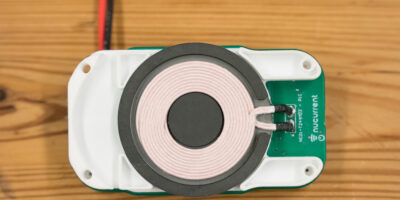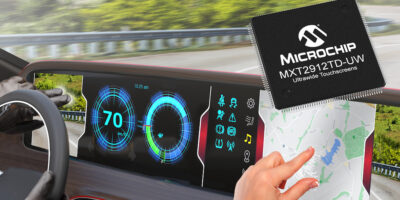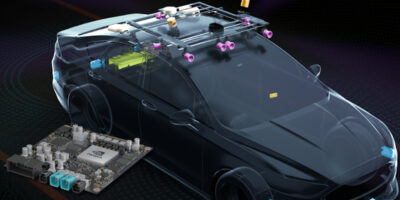To accelerate the adoption of wireless charging, eInfochips, an Arrow Electronics company, has teamed with NuCurrent, to customise, integrate and license NuCurrent wireless charging technologies to customers.
Summarising the opportunities the technology offers, Aiden Mitchell, vice president and general manager of global supplier and engineering services for Arrow Electronics, said: “NuCurrent’s wireless charging solutions portfolio offers excellent performance and customer experience. Its Qi-certified MP-A17 design supports three times the charging volume and three times the separation distance compared to other designs, allowing for differentiated applications in vehicles, furniture, infrastructure and more,” said Aiden Mitchell, vice president and general manager of global supplier and engineering services for Arrow Electronics.
He hoped that the combined capabilities of the two companies will result in a wider choice of options for customers, as well as contribute to accelerated design cycles and product certifications.
eInfochips is also developing reference kits based on NuCurrent’s Qi and Ki smart kitchen and appliance solutions. With these kits, automotive, consumer, industrial and medical device customers can incorporate wireless charging technologies into products. Customers will also be able to leverage Arrow Electronics’ supply chain and kitting services to shorten design to manufacturing cycle time, added the company.
“eInfochips’ engineering expertise and Arrow Electronics’ supply chain expertise with global presence can help NuCurrent’s innovations reach more companies, while accelerating overall wireless charging technology adoption,” said Tim Tumilty, executive vice president of sales and marketing for NuCurrent. “Through these combined strengths, customers can leverage our collective technology and expertise to develop superior wireless powered products faster.”
eInfochips provides digital transformation and product engineering services to accelerate time to market for its customers, providing expertise in the areas of IoT, AI/ML, security, sensors, wireless, the cloud, and power.
Over the last 25 years, eInfochips has designed and developed over 500 products for companies, from Fortune 500 names to start-ups. eInfochips has expertise across the design value chain covering the full product life cycle.
NuCurrent supplies Fortune 1000 companies and high-potential product developers with wireless power technologies and product integration expertise. NuCurrent’s core technologies span complete wireless power sub-systems from design acceleration tools and magnetics to systems and software technologies.
Nucurrent has generated over 150 patents globally. Its broad systems integration expertise supports manufacturers of appliances, smartphones, wearables, hearables, consumer electronics, medical devices, robotics, IoT, sporting equipment and other emerging product categories.
NuCurrent solutions are based on inductive and inductive resonant wireless power transfer which offers convenience, safety, efficiency, and enhanced user experience. Founded in 2009, NuCurrent is a venture-backed company based in Chicago with offices in Hong Kong, San Diego and Bangalore.







